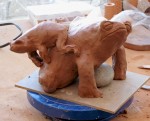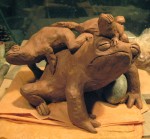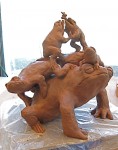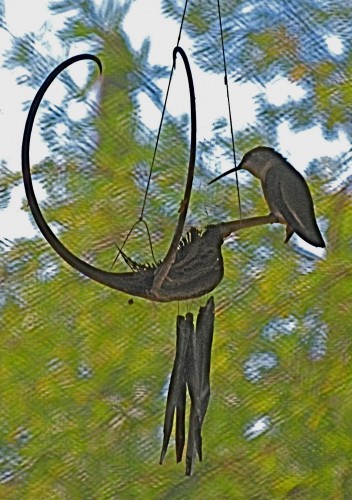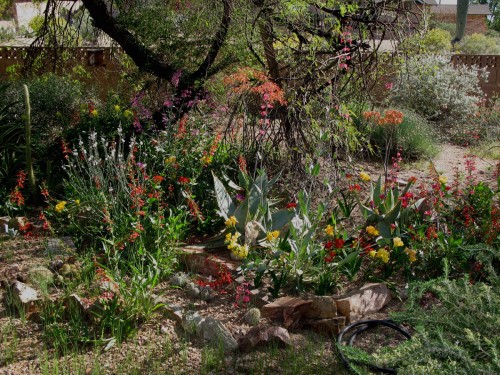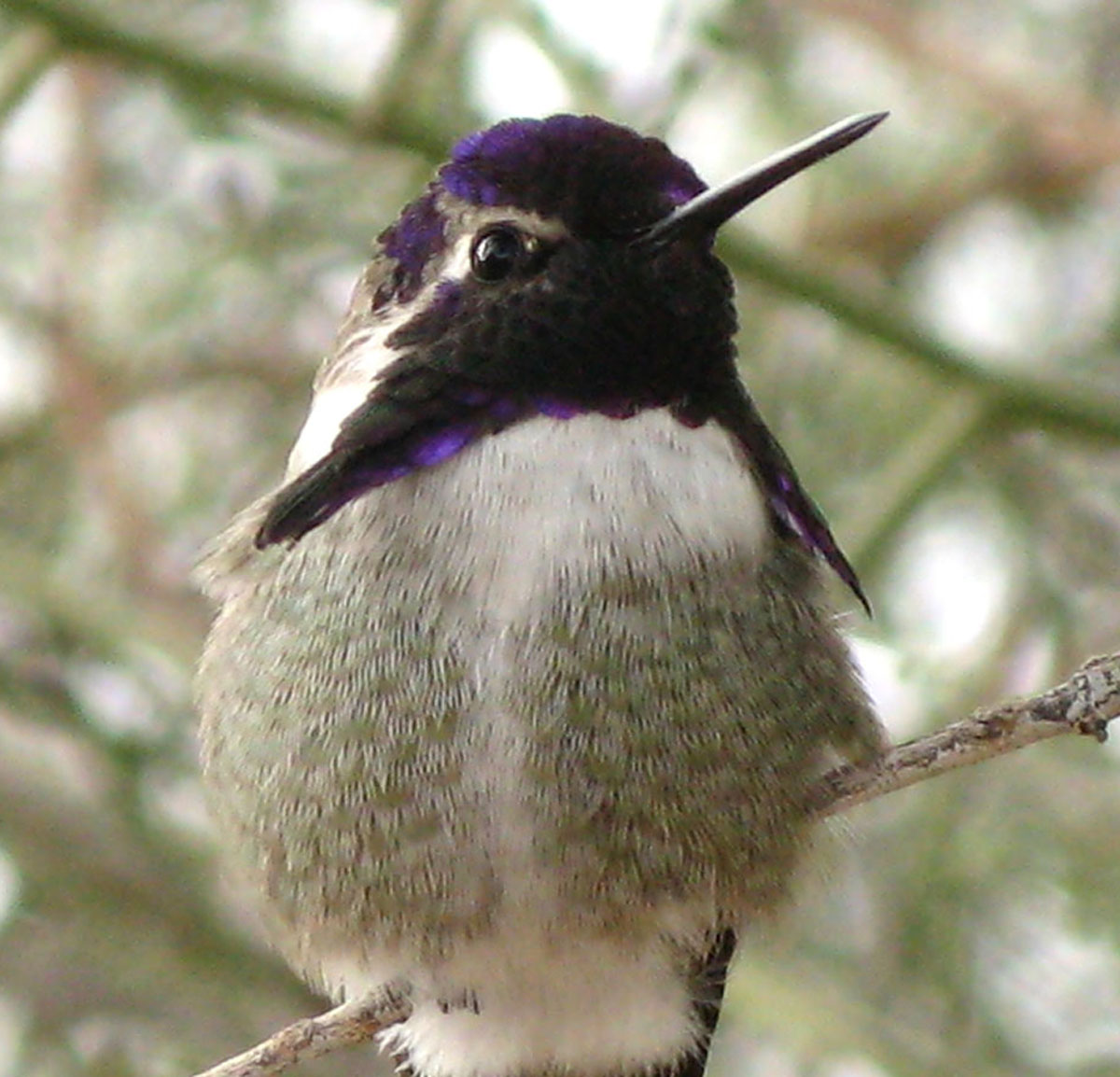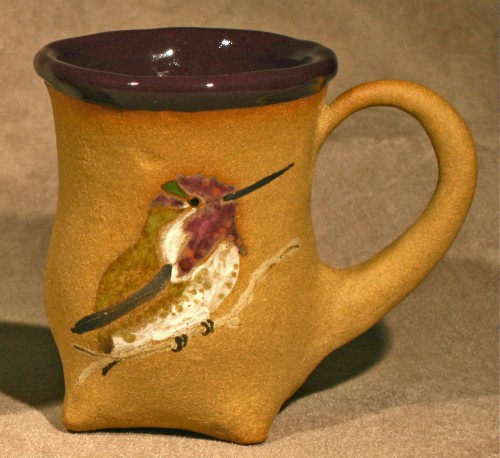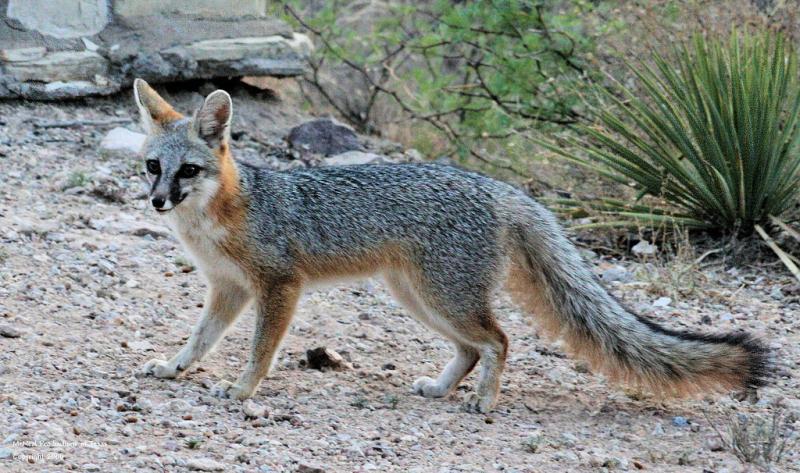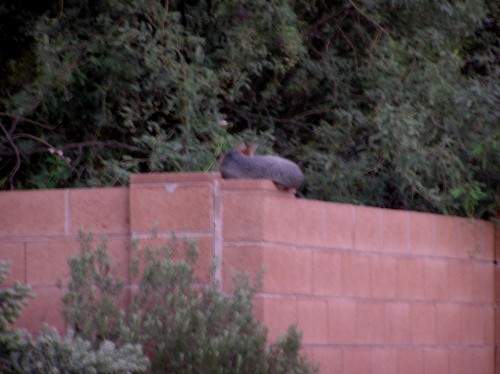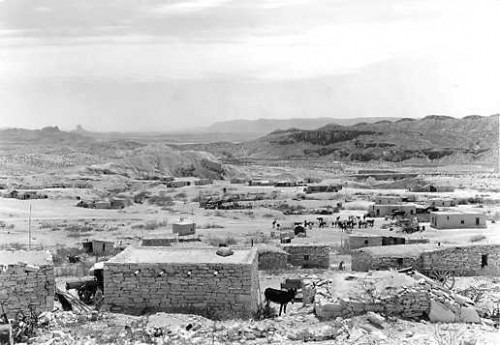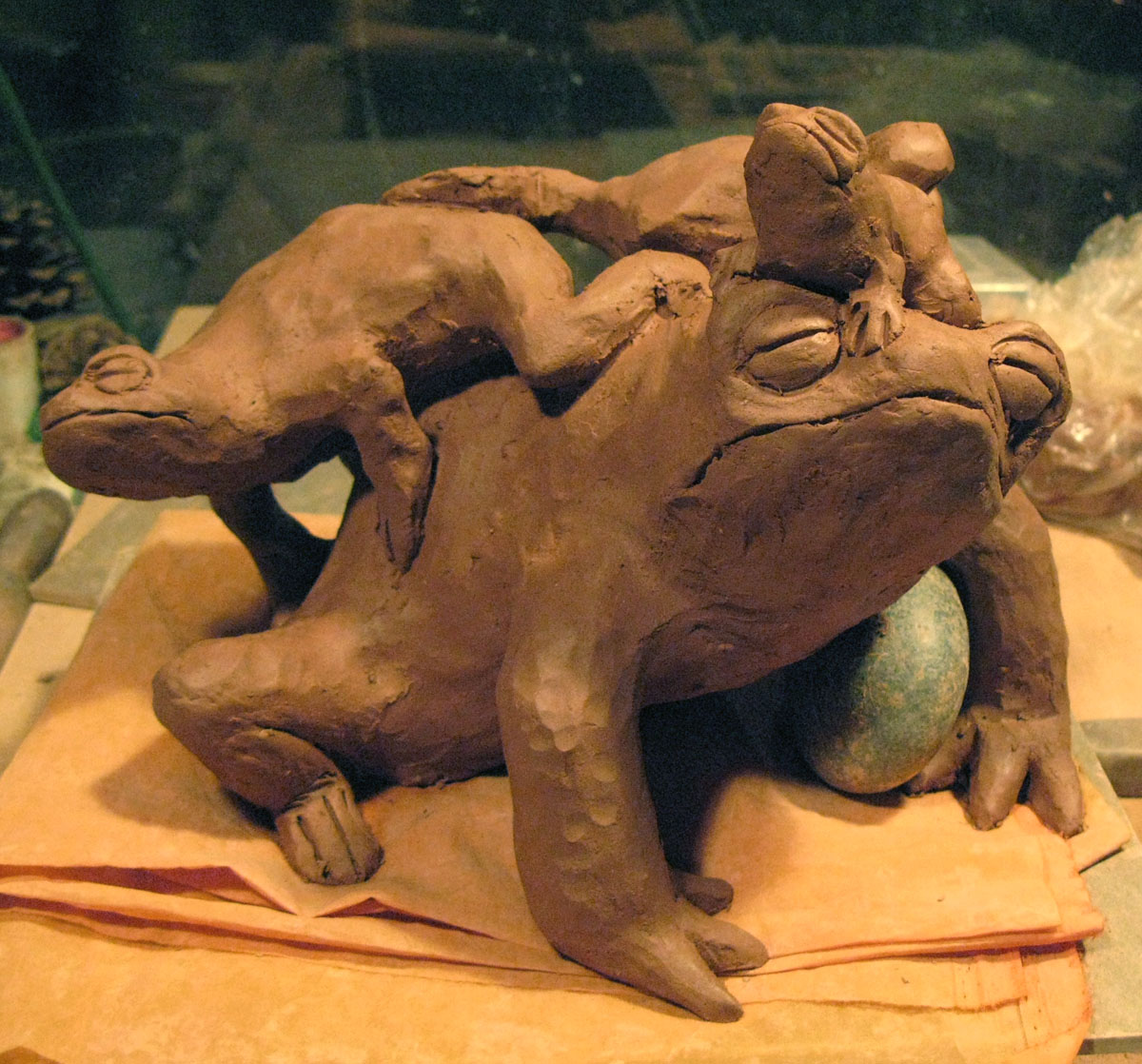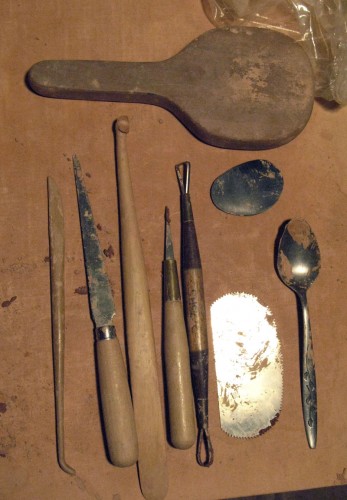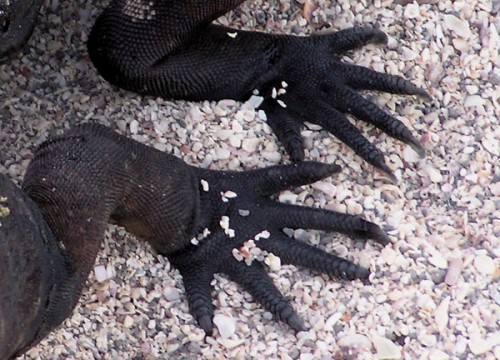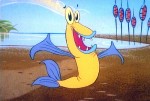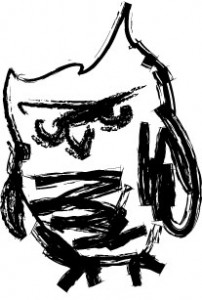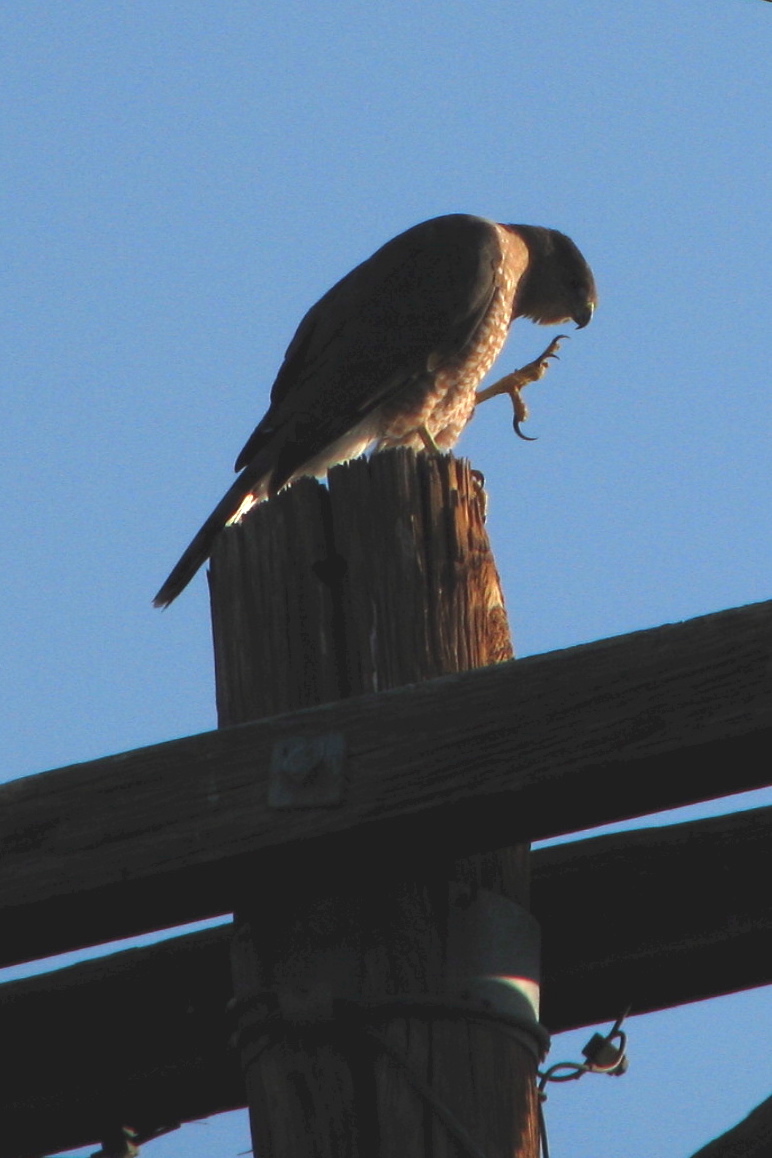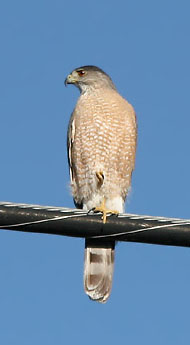Stacked Toad effigy vessel part 3, also why is a toad not a frog?
There have been many delays and distractions for the Stacked Toad Effigy Teapot: computer failure and restoration, other deadlines, and Thanksgiving, including a tragic Saguaro Plunge, details to be posted later.
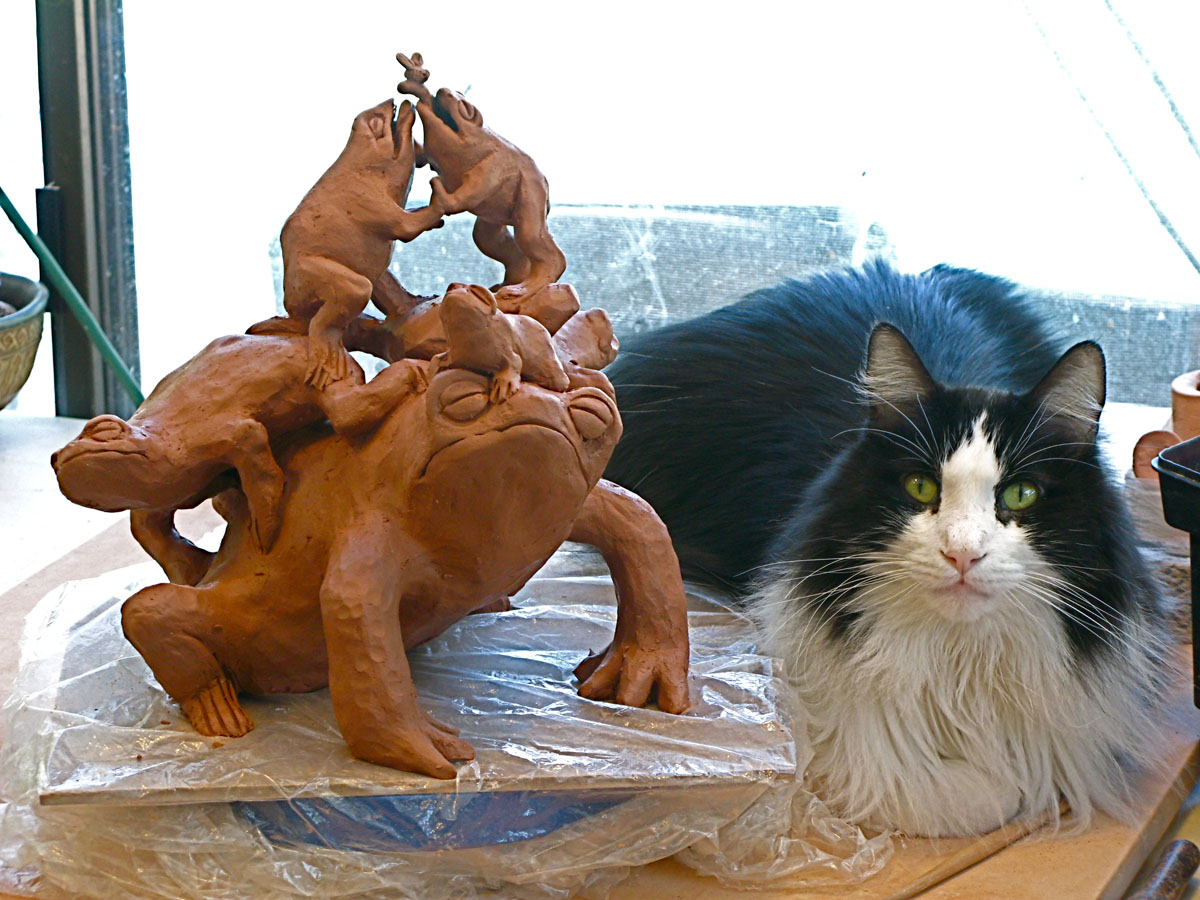 But here is the next phase: the “lid” of the “teapot” is in place, and also the “finial” (knob), with Hector Halfsquid for scale.
But here is the next phase: the “lid” of the “teapot” is in place, and also the “finial” (knob), with Hector Halfsquid for scale.
This involved the addition of more toads — the final toads — to represent the top of the “teapot”. The visual theme is toads-upon-toads, stacks of toads, piles of toads. During the Couch’s spadefootlet episode, I was reminded of the toadly practice of Climbing On Your Neighbors. When kept in captivity in large numbers, toads (and other amphibians and reptiles) will climb on each other with no regard for personal space, or any politeness at all. I wanted to capture this “toe-in-the-eye” sense of physical involvement in the Toad Stack. So on went two more toads, atop the base grouping of four toads. Despite more than a week having elapsed this was not a problem, because even in the desert clay can be kept workable if enough dry-cleaners’ plastic and moist towels are employed.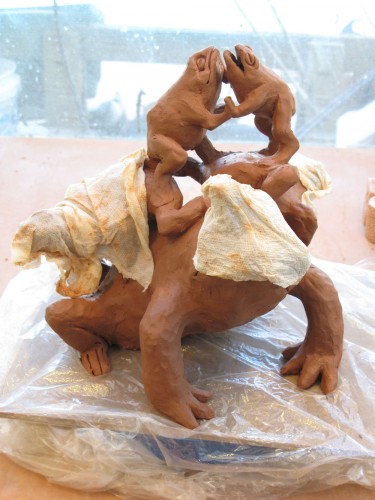 On the right is a shot of damp paper towels swathing the heads of the toads; they will need to be textured at some point, and if they’re too hard, it won’t work and the moist towels keeps the clay pliable and soft enough to receive an impression.
On the right is a shot of damp paper towels swathing the heads of the toads; they will need to be textured at some point, and if they’re too hard, it won’t work and the moist towels keeps the clay pliable and soft enough to receive an impression.
The effect of the two new toads, striving against each other on top of the pile, was what I wanted, but they needed a focal point — a flying insect they’re both trying to swallow. This was the finial, or knob, of the “teapot” “lid”: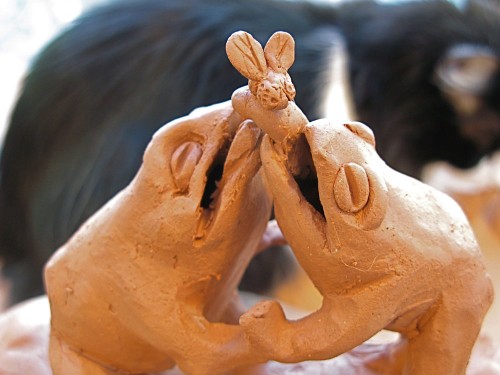
At this point, I always feel a piece is almost finished: the basic elements are sculpted and in place, there are at the moment no structural crises to solve. But it’s far from the truth: a lot still remains to be done — texturing, refining shape detail (toes!), cleaning up stray clay bits and meaningless marks, applying decorative slip, etc. For instance, I’ve forgotten until now about parotoid glands, which will have to be added. And, other time-consuming details like compound eyes on the flying prey item. So stay tuned for the next post on the effigy teapot: Texturing the Toad.
(Potential Toe Count: 104; Actual Toe Count: 49 so far; current Biological Digit Deficit, 53%)
Increments so far:
Why is a toad not a frog?
You almost certainly know this, but a toad isn’t a frog.
If that came as a surprise, it’s time for a speedy round-up of amphibian facts:
In general: toads have dry warty skin, frogs have moist slick skin. Toads need little or no water except to breed; frogs are usually amphibious. Toads have large kidney-shaped swellings behind each eye called parotoid glands; frogs have round hearing-related structures called tympani behind each eye. Most people think toads are gross but frogs are cute. That isn’t science; it’s just bad taste. Frogs croak, but many toads like Woodhouse’s toads have beautiful muscial trills. ( If you were a Woodhouse’s toad, you’d think that was beautiful…)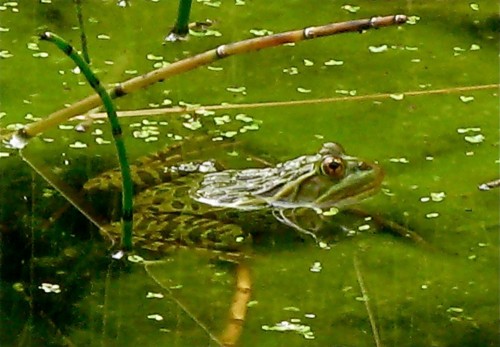 Toads have stout compact bodies with short legs for hopping; frogs are often svelte and long-legged for leaping. Most frogs have webbed feet, most toads are not or only partially web-footed. Frogs are more inclined to climb; toads are more inclined to dig. Both can secrete irritating or even poisonous compounds that deter predators.
Toads have stout compact bodies with short legs for hopping; frogs are often svelte and long-legged for leaping. Most frogs have webbed feet, most toads are not or only partially web-footed. Frogs are more inclined to climb; toads are more inclined to dig. Both can secrete irritating or even poisonous compounds that deter predators.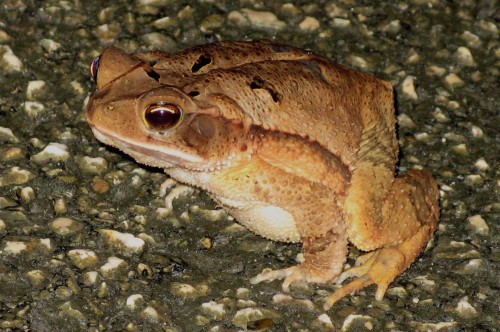
To the right above is a photo of a Ramsey Canyon Leopard Frog being aquatic. Contrast it with the photo below it, a tropical toad from Belize. (photos, A. Shock)
In fact, these distinctions are generalizations and don’t hold true for every frog or toad. For more detail, I recommend the Dorling-Kindersley Eyewitness book Amphibian, by Dr. Barry Clarke. It’s meant for kids, but it’s really all anyone but a real herpetologist needs to get the gist of of toads, frogs, and caecilians.

